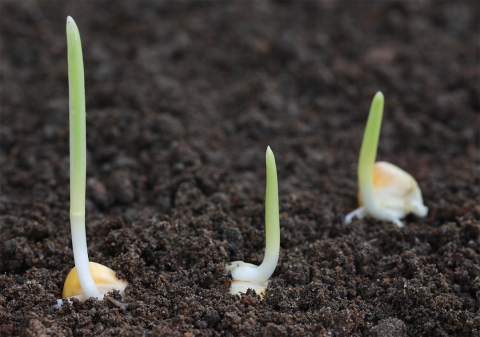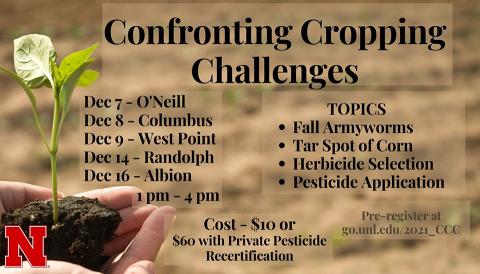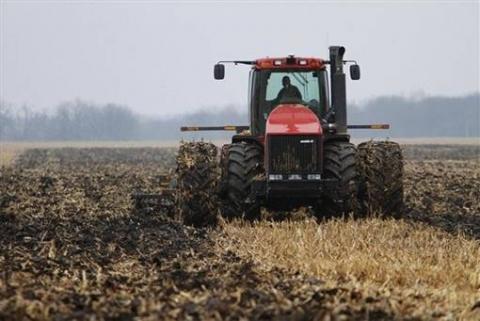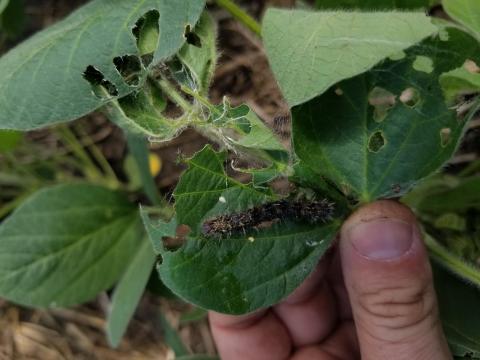Confronting Cropping Challenges Program to be Offered in December 2021
November 17, 2021
The fifth annual Confronting Cropping Challenges program will highlight cropping issues for northeast Nebraska producers throughout 2021, such as fall armyworms and tar spot.
Nebraska’s June 2021 Acreage Report
July 1, 2021
Sorghum planted is up 44% from 2020 in Nebraska. Corn planted is down 5% from last year, and soybean planted is up 4%. Read more on estimated acreage plantings from June's survey.
Growers Statewide to Share On-Farm Research via In Person and Online Events
January 29, 2021
The February meetings will feature discussion from growers who conducted on-farm research during the 2020 growing season.
Nebraska Extension Offering Its First Ever Crops Practicum
January 30, 2020
The Nebraska Crops Practicum is a hands-on educational program that highlights research, techniques and technologies used in agricultural research, pest management and sustainable agriculture while encouraging best management practices to improve farm efficiency and profitability. Registration ends March 5th.
Strategic Tillage for the Improvement of No-Till Cropping Systems
January 21, 2020
The practice of OT once in 5 to 10 years or more is not likely to adversely affect no-till systems. However, to be beneficial, the OT has to be well-planned and implemented to target a well-characterized problem such as a weed control or compaction problem.
Confronting Cropping Challenges Program Starts Dec. 16
December 5, 2019
Farmers in northeast Nebraska will have an opportunity to learn from cropping issues they may have faced in 2019, make plans for 2020, and renew their private pesticide applicator license at the Confronting Cropping Challenges programs Dec. 16-20.

Corn Hybrid Maturities and Late Planting
May 24, 2024
Still planting corn and wanting to change to a different hybrid maturity? Here are some things to consider and a tool that can help you assess which hybrid options are likely to mature before an average fall freeze date for your location.
115 Years of Data Reveal Longer Growing Season, Changing Temperature Trends
June 29, 2018
The past century of climate change has extended the average U.S. growing season by nearly two weeks but driven annual buildups of yield-stifling heat in the West and Northeast, says new research from the University of Nebraska–Lincoln.




